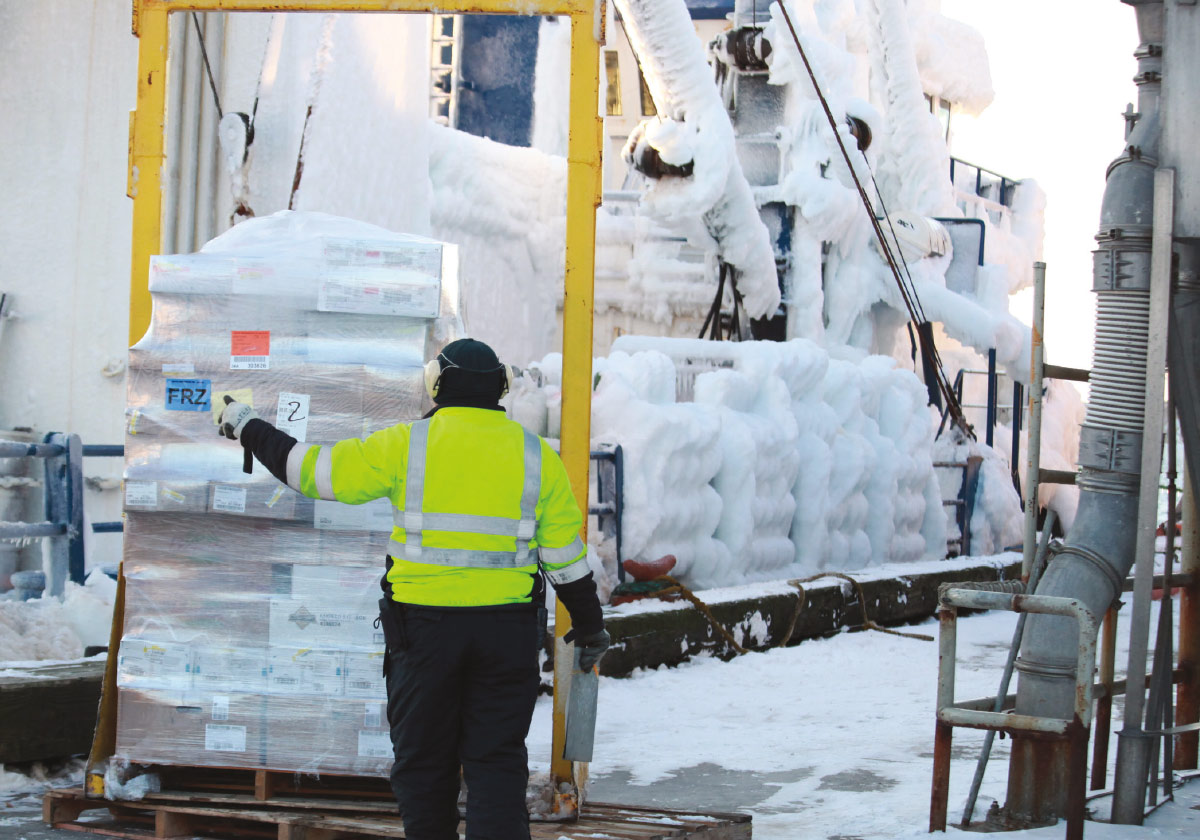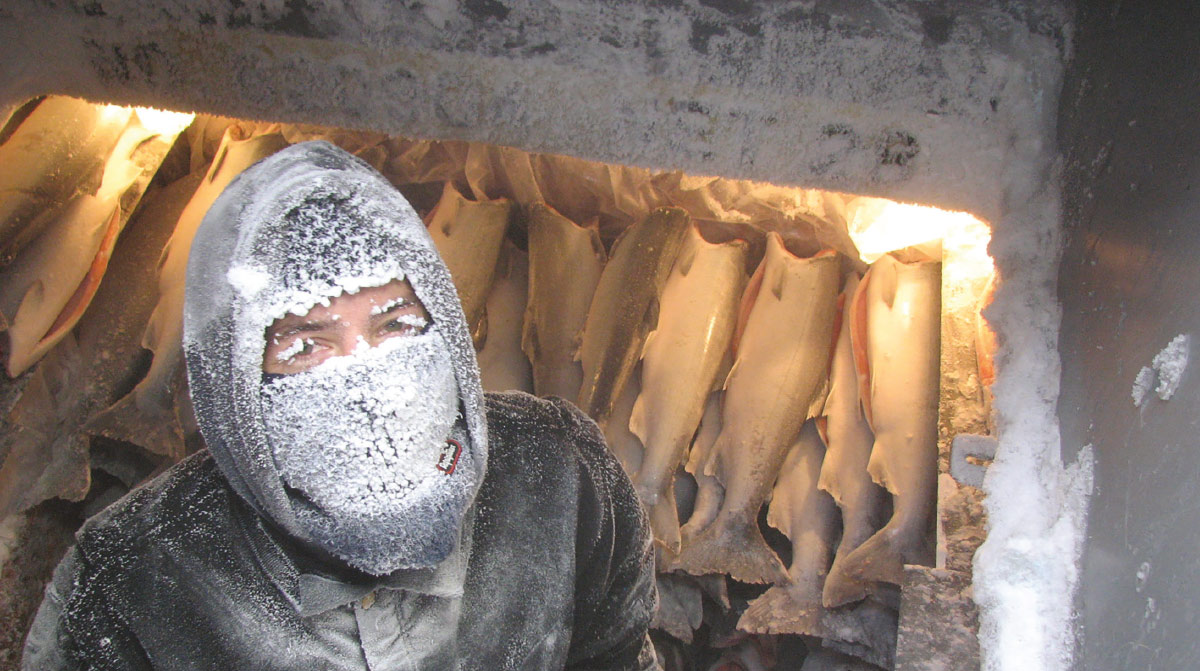ot too long ago, Alaska’s salmon fishery was at a high. The record for the largest salmon run was set in 2018, and again in 2021, and again in 2022. It wasn’t just Bristol Bay; across Western Alaska, sockeye and pink salmon populations reached historic levels between 2021 and 2022, according to the National Oceanic and Atmospheric Administration.
But all good things must come to an end.
The sockeye salmon run in Bristol Bay is forecast to be millions of fish short of the 2023 season, although the run is still supposed to be above the ten-year average, according to the Alaska Department of Fish & Game.
That’s not the only place in the state that will see lower numbers. A weak pink salmon run on Kodiak Island drove OBI Seafoods to close its seafood processing plant in Larsen Bay, according to CEO John Hanrahan. However, the company will keep its plant in the City of Kodiak open.
“The Kodiak town plant operates year-round and has the ability to process salmon in a greater diversity of product forms, making it better suited to respond to salmon markets in 2024 as we navigate this challenging time for the industry,” Hanrahan says.
In addition to the two processing plants in Kodiak, OBI has canneries in Petersburg, Cordova, Seward, Egegik, Naknek, and Wood River. All of those will remain open, according to Hanrahan.
Hanrahan wrote that OBI has “every intention to operate our Larsen Bay facility again in the 2025 salmon season.”
But there is something bigger at play that isn’t just about salmon. The industry is at a crossroads. Low seafood prices and high operational costs are squeezing processors, and the path forward is unclear.
Soon after, Peter Pan announced it would suspend operations indefinitely. Bold dreams of economic stability for coastal communities crashed into reality. Amid this rapidly shifting situation, the company could not be reached for further comment.
Peter Pan was not alone in its struggles last winter. Trident Seafoods announced last December it would sell four of its eleven Alaska processing plants as a part of a “comprehensive, strategic restructuring initiative” aimed at “streamlining its Alaska operations and refocusing its global commercial strategy.” One of those plants is its operation in Kodiak, which, like OBI’s plant there, services multiple fisheries and is operating almost year-round. A Trident spokesperson declined to comment further.
The processing industry is changing, and those changes are rippling outward to every fishery.
The year-over-year inflation rate from February 2023 to February 2024 was up 3.2 percent, according to the US Bureau of Labor Statistics. Seafood went in the opposite direction. The cost of seafood products decreased by almost 4 percent from February 2023 to February 2024, and the downward trend is expected to continue through the year, according to the US Department of Agriculture (USDA).
Meanwhile, on the supply side, Russian pink salmon flooded the market last August, undervaluing the price of salmon and causing prices to plummet.
Even though the United States officially sanctioned all Russian imports following its invasion of Ukraine, there was a loophole. Russian seafood sold to another country, usually China, could be reprocessed and then sold in the United States. President Joe Biden officially closed this loophole with an executive order on December 22, 2023.
But Russian fish hasn’t fully left the market. Contracts and orders from before December 22 continued shipping until late May, according to Decker. There was a bump in cod prices, but other species, like pollock, have not seen any impact in prices, she says. Russian seafood will have to work its way through the supply chain before there is any positive change in domestic prices.

Alaska Seafood Marketing Institute
This is causing a unique problem for seafood processors.
“A lot of these processors are in a situation where they’re holding on to a lot of products in cold storage,” says Terry Haines, a member of the Kodiak City Council and a fisheries reporter for KMXT, a public radio station in Kodiak.
Usually distributors will buy seafood in bulk to keep the prices down.
“The price is so low now that I heard that a lot of the customers are only buying what they need and then allowing the producers or the processors to go ahead and store it themselves. Which, of course, cuts into their bottom line,” Haines says.
Recently, there have been a lot of shipping bypasses in Kodiak, according to Haines. That means the vessels that deliver items to the island, from tennis shoes to oranges, will pass by and not return until another full rotation.
“As a result, we’ve seen our grocery shelves get alarmingly bare,” he says. “It’s something we haven’t seen since COVID days, and even then some of it wasn’t as bad. And then, of course, the prices are remarkable. I know they are everywhere, but here especially in Alaska.”
“Generally, in terms of major species, markets are down across the board. What’s making this more extreme for us in Alaska is not just market issues—supply and demand, exchange rates and inflation, things like that,” Decker says, but “the cost structure in the last couple of years has been dramatically increasing. In Alaska, the industry operates in remote places where costs are already high, and now costs are crushing.”
One cost that has increased significantly is labor. As a part of the Inflation Reduction Act of 2022, the federal government increased the prevailing wage. The hourly wage for seafood processors increased from more than $12 an hour to more than $15—a 28 percent jump, according to the Alaska Seafood Marketing Institute (ASMI). This was the largest increase in the last decade.
In theory, the prevailing wage is an incentive to increase wages, not a requirement, but that is not always the case. Around one-third of workers in the seafood processing industry are guest workers in the United States on H-2B visas, according to ASMI. For H-2B visas recipients, the prevailing wage is the minimum. Therefore, for all intents and purposes, it is the minimum wage in the industry.
In recent years, Alaska seafood processors paid more than $600 million in annual wages, according to the Alaska Department of Labor and Workforce Development’s April edition of the Alaska Economic Trends.
“We have over a dozen factors that are all coming together at the same time to create this crisis,” Decker says.
“What makes this time different is that we’re seeing it across species. So that’s unusual and in fact could be more problematic because you can’t rely on the strategy of diversification to help you out,” Decker says.
Thousands of jobs are affected by processor closures. In July, the peak month for seafood processing employment, 15 percent of jobs may be affected, according to April’s Alaska Economic Trends. “The potential disruption is not small,” the magazine warns.
Alaska Seafood Marketing Institute

Larsen Bay, for example, will lose revenue from sales taxes, but not lose jobs. There are only thirty-four full-time residents in the village, so OBI brings in outside workers in the summer. There will still be a small team on site to service OBI’s Kodiak Island west side fleet, according to Hanrahan.
That means that Larsen Bay will still make some money through utilities, water, and fuel. There is also a boat harbor, a power plant, hydro plant, and other sources of income for the city.
“We should be alright; we’ll just have to cut down a little on spending,” says Mayor Bill Nelson. “We’re survivors out here.”
But there are some concerns elsewhere on the island. The City of Kodiak, which is 60 miles from Larsen Bay and is not connected by roads, is preparing for hard times. Unlike Larsen Bay, the seafood processing plants in Kodiak are largely staffed by locals, according to Haines. Local fishermen also make a lot of money selling them fish.
“The city depends on sales tax for revenue, so if the economy goes down, then our sales tax revenue is going to go down too,” Haines says. “[If that happens] we’re just going to have to reduce services. There’s really no other thing that we can do.”
There are different philosophies on how to get through.
The City of Kodiak and the Kodiak Island Borough have a joint fisheries work group to address economic issues with the fishery. They are looking at taking marketing into their own hands, in addition to ASMI’s statewide efforts, and trying to promote Kodiak fish.
“We’ve always just focused on just the production end of it and let everyone else do the brand name, but it might be time for us to jump into that too,” Haines says. “If we can’t develop the domestic markets, we’re going to be stuck in this situation again someday.”
“With the seafood market downturn, fishermen, processors, and communities are all feeling the impacts,” Silver Bay’s Director of Communication and Investor Relations Abby Fredrick says. “While we aren’t facing different economic conditions than other companies, prioritizing fisherman opportunity was the primary driver in our decision to expand operations and to address concerns from fishermen across the state who were facing loss of markets in 2024.”
Furthermore, PSPA has a list of actions it believes the state and federal government should take to address problems across the industry. Some of these actions include offering USDA low-interest loans to fishermen and processors to invest in new equipment and having the Office of the US Trade Representative further seafood trade objectives that empower and protect domestic fisheries.
“I think we have to look forward to at least another year of struggling,” Haines says. “And who knows, we might have to think about ways to re-examine our whole industry. We’ve always been focused on volume, and maybe we should be more focused on value.”